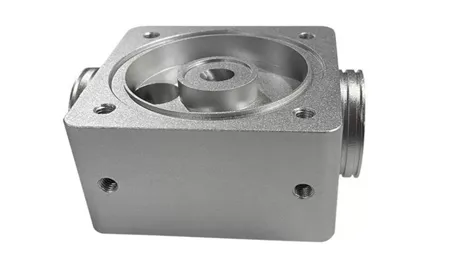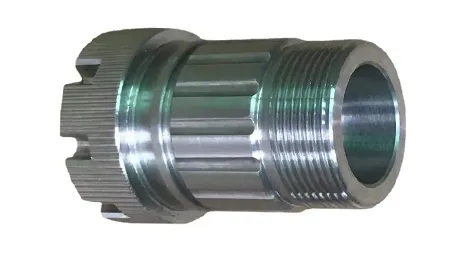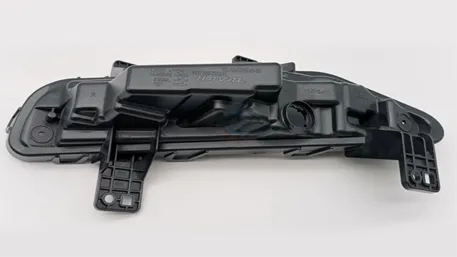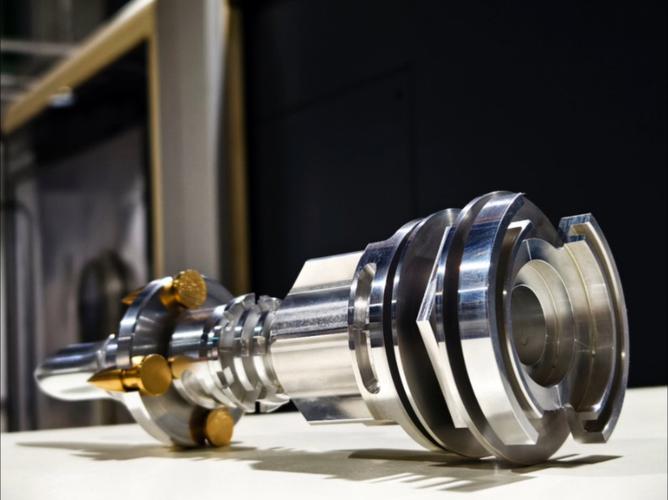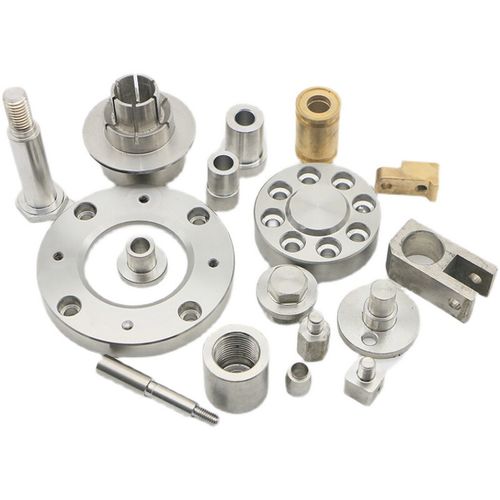Three-platen injection mold is a mold structure commonly used for point gate feeding, which is characterized by the addition of a movable intermediate plate, known as a stripper plate, on the side of the fixed mold, which enables automatic separation of the runner and the part when the mold is opened. The following is a detailed introduction of the three-plate injection mold.
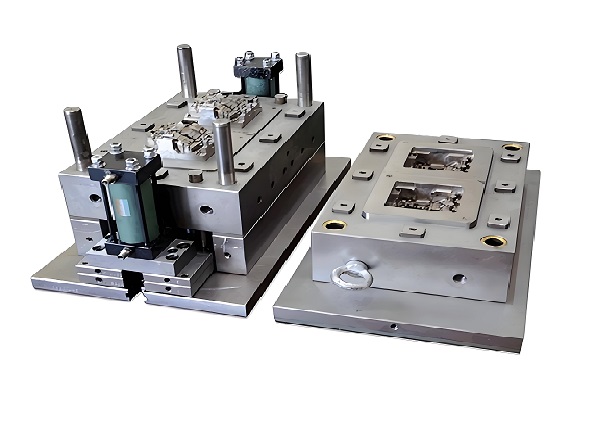
1.Three-plate injection mold production process
Mold design: According to the customer’s demand and the use of parts, manufacturability and dimensional accuracy and other technical requirements, mold design. The design process needs to consider the runner length, runner waste, gate position, glue feeding balance and cavity pressure balance and other factors.
Mold manufacturing: According to the design drawings, the manufacturing of the mold processing. Including the upper and lower base plate, core, cavity, ejection system, mold feet and other parts of the manufacturing.
Mold Inspection: The completed mold is inspected to ensure that the mold structure is reliable and meets the process requirements.
Mould test: carry out mould test on the injection molding machine to check the condition of the mould and the structural integrity of the bonded parts, and to understand the condition of the mould during the injection process.
Mould modification and repair: make corresponding modifications according to the test conditions and make corresponding changes to the structure of the bonded parts after the engineer confirms the bonded parts.
2.Three-plate injection mold processing steps
CNC machining: use CNC machine tools for roughing and finishing of the mold, including core, cavity and other key parts of the processing.
EDM: For deep grooves and other parts that are difficult to be directly processed by cutting tools, EDM is used for processing.
Wire-cut machining: Use wire-cut machine tools to carry out fine machining on the molds to ensure the dimensional accuracy and shape accuracy of the molds.
Clamping assembly: Clamping plays a very important role in the mold manufacturing process, which requires assembly module assembly, turning, milling and drilling.
Polishing and debugging: the mold is polished to improve the surface quality of the mold, and debugging to ensure that the mold can operate normally.
3.Customized three-plate injection mold service
Customer demand analysis: Communicate with customers to understand the use requirements of parts, manufacturability and dimensional accuracy and other technical requirements.
Mould design plan: according to the customer’s needs, provide a reasonable mold design plan, including mold structure, material selection, etc..
Mould manufacturing and processing: Manufacture and process the mould according to the design scheme to ensure that the quality of the mould meets the requirements.
Mould testing and debugging: carry out mould testing and debugging on the injection molding machine to ensure that the mould can operate normally and produce qualified products.
After-sales service: provide perfect after-sales service, including mold repair, maintenance and technical support.
4.Making three-plate injection mold materials
Material: P20, 718, 718H, 2738, 2316, NAK80 and other mold steel.
Characteristics:
High strength: good tensile strength and yield strength, able to withstand high pressure and high temperature in the injection molding process.
High hardness: after heat treatment, it has high hardness and can resist the wear and scratch of parts.
Good toughness: with good toughness and impact toughness, it can withstand the impact and vibration in the injection molding process.
Good abrasion resistance: with good abrasion resistance, can extend the service life of the mold.
Easy processing: good cutting and processing performance and welding performance, easy to manufacture and maintenance of the mold.
5.Three-plate injection mold can be processed materials
Material: ABS, TPS elastomer, PP, PS and other plastic materials.
Characteristics:
Good fluidity: It has good fluidity, which is easy for filling and molding in the process of injection molding.
Good thermal stability: able to maintain stable performance at high temperatures without decomposition or deterioration.
Good processing performance: it has good cutting performance and welding performance, which is convenient for the processing and manufacturing of parts.
Good mechanical properties: high strength and hardness, to meet the requirements of the use of parts.
Environmental protection: meet the relevant international environmental testing standards, is the top non-toxic environmental protection materials.
6.Three-plate injection mold processing technology
Selection of parting surface: choose the correct parting surface for parting, consider sealing distance, establishing reference surface, balancing side pressure and other factors.
Runner design: design a reasonable runner structure to ensure that the plastic can fill the cavity evenly and quickly.
Gate design: According to the shape and size of the parts, design a reasonable location and number of gates to ensure that the plastic can enter the cavity smoothly and form good products.
Cooling system design: design a reasonable cooling system to ensure that the mold can be quickly and evenly cooled to improve the quality of products and production efficiency.
7.Three-plate injection mold production equipment
CNC machine tools: used for roughing and finishing of the mold, including core, cavity and other key parts of the processing.
EDM machine tool: used for deep grooves and other difficult to use tools to directly process parts of the processing.
Wire-cut machine tools: used for fine machining of molds to ensure the dimensional accuracy and shape accuracy of molds.
Injection molding machine: used for testing and debugging of the mold, checking the quality and performance of the mold.
Customized Three-Plate Injection Mold Service FAQ
Q1:What are the advantages of three-platen injection molds compared with two-platen molds?
A: The three-plate injection mold has a movable intermediate plate (stripper plate) on the fixed mold side, which enables the runner and parts to be separated automatically when the mold is opened, and avoids the problem of the runner and parts being left together on the moving side of the mold in the two-plate molds, which improves the production efficiency and product quality.
Q2:How long does it take to customize a three-plate injection mold?
A: The time for customized three-platen injection molds depends on the complexity of the mold, the choice of materials and the production capacity of the processing equipment and other factors. Generally speaking, it takes about 20~45 days from design to manufacturing completion.
Q3:What materials can be processed by three-plate injection mold?
A: Three-plate injection molds can process a variety of plastic materials such as ABS, TPS elastomers, PP, PS, etc. The specific selection depends on the usage requirements and performance requirements of the parts.
Q4:What are the precautions for the maintenance and upkeep of the three-plate injection mold?
A: The maintenance and upkeep of three-plate injection molds need to pay attention to the following points:
Regularly clean and lubricate the mold to keep the mold clean and flexible.
Regularly check the wear and tear of the molds and replace the parts with serious wear and tear in time.
Avoid prolonged exposure of the mold to high temperatures or humid environments to prevent mold deformation or corrosion.
Regularly debug and calibrate the mold to ensure the precision and performance of the mold.

